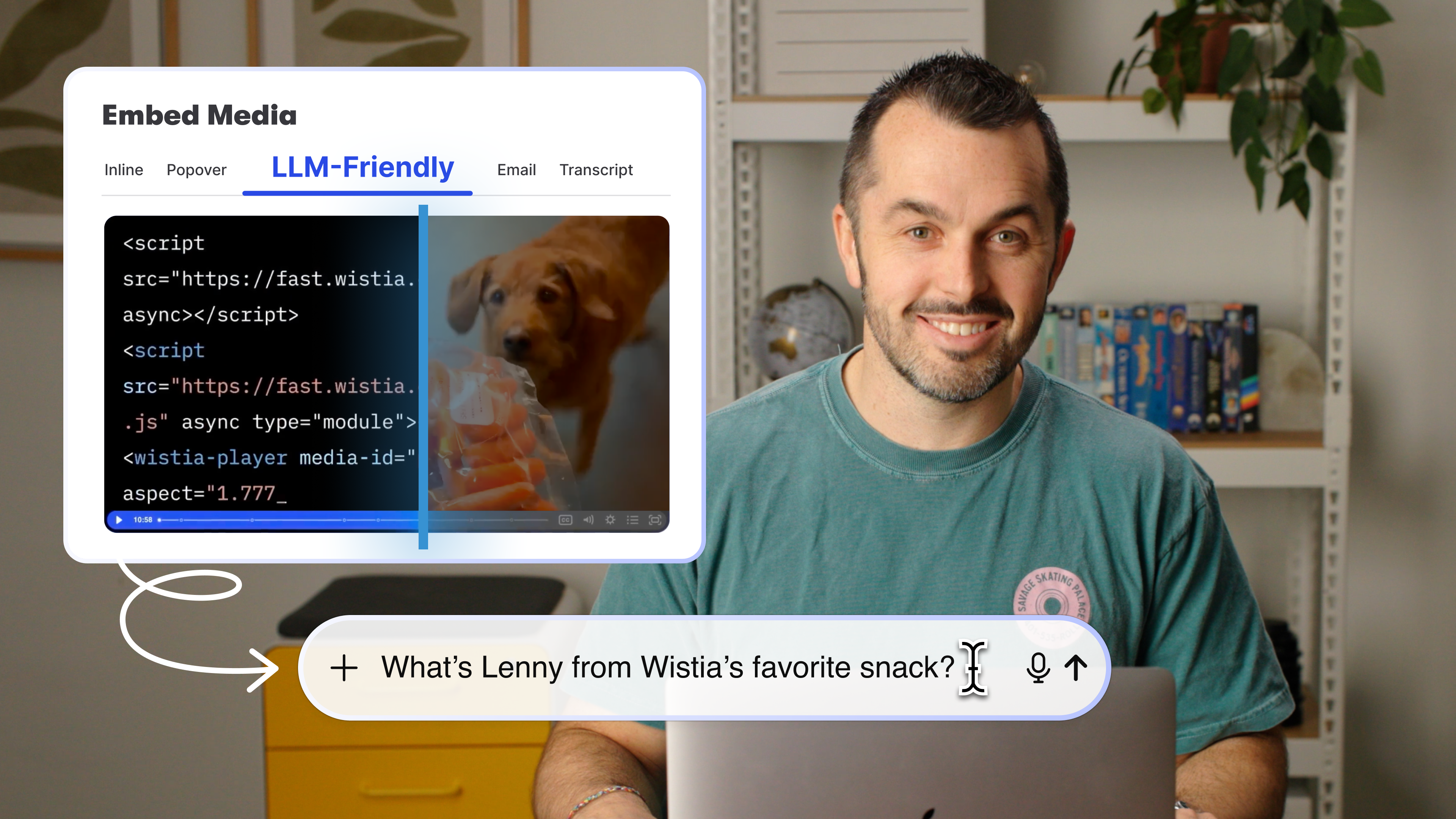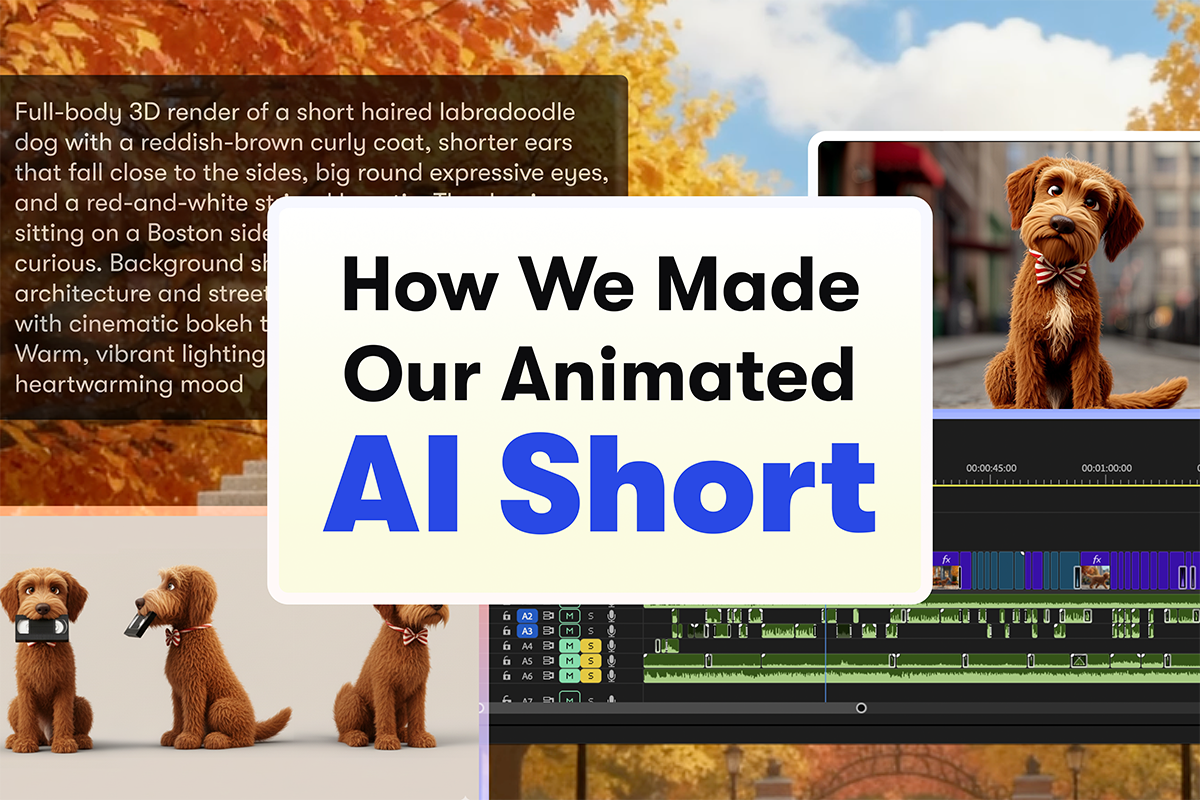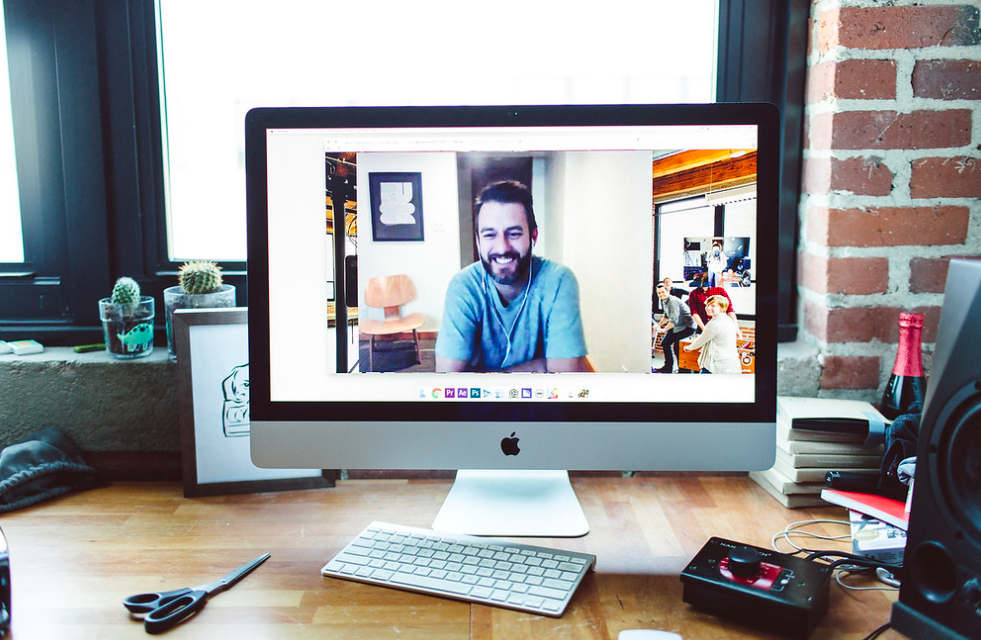How to Create a Winning Video Testimonial Strategy
Showcase a real customer’s opinion about your product or service and build credibility and trust.
December 24, 2019
Topic tags
Think about the last time you had to decide where you and a friend were going for dinner. If you’re anything like me, you probably spent far too much time scouring the internet for the best reviews and ratings of restaurants in your neighborhood. That is, until you remembered a recent post from a friend who just loved that Italian restaurant around the corner. Suddenly, the decision becomes much clearer: You’re having pasta tonight.
Video testimonials can often have a similar effect on your business. By showcasing a real customer’s opinion about your product or service, they help establish credibility and trust. Persuading your viewers in a short period of time is no easy feat, but video testimonials are there to help make that dream a reality!
Let’s dig into what makes a great video testimonial strategy, as well as some examples of companies who have their testimonial strategy down pat.
Key elements of a testimonial strategy
At the highest level, a video testimonial is a powerful conversion tool. The message you convey should ultimately make viewers feel more confident about signing up for your product. Just as it’s important to set SMART goals before creating your next video, the key to a successful testimonial video is all in having a solid strategy in place.
We’ve found that a high-quality testimonial often has the following key components (all of which we’ll cover in this post):
- Showcases real customers who are representative of your audience
- Presents a specific problem that your product can solve better than anything else
- Backs up promises with evidence
- Demonstrates key benefits in action
- Has a clear call to action
When a customer shares their story about how your product helped them solve a particular business problem, it’s easy for the viewer to imagine themselves in their shoes.
“When a customer shares their story about how your product helped them solve a particular business problem, it’s easy for the viewer to imagine themselves in their shoes.”
Find your best storytellers
If your business is on the smaller side, you can instantly make your video testimonial more personal by picking one key storyteller. Doing so creates a more intimate setup and lets viewers get to know the person’s unique personality. Quirks make storytellers more memorable, but their passion for their work is what will really help sell the product.
Keep in mind that whomever you choose to feature should actually play an active role in the events being described on camera, so that they can speak with authority. After all, video testimonials are all about establishing credibility.
Beyond finding the best storyteller, another way to help viewers connect to the individuals in a testimonial is by featuring their names and roles. From front-end engineers to product marketing managers, anyone can instantly identify with a peer who’s in a similar role.
Send your product to the rescue
In addition to featuring a great storyteller, including a dramatic story arc can boost viewer engagement. By laying out the stakes and ending with a resolution, you’re creating a compelling case for your audience to watch all the way through. Moreover, you’re establishing your product as the one that has the power to solve problems no other product can.
“By laying out the stakes and ending with a resolution, you’re creating a compelling case for your audience to watch all the way through.”
In this testimonial video from Atlassian, an enterprise software company, Carol Johnson of the Daily Telegraph expresses her trepidation over creating an in-house IT service management system in just 3 months, and ultimately how Atlassian stepped in to save the day.
"Jira Service Desk has really been a game-changer for us. We are changing the way we work, our behaviors — and to change that in a short space of time is very, very difficult, and using Jira Service Desk and Jira Software, we’ve managed to do it in three months, which is unbelievable."
This language might come across as inauthentic or hyperbolic if it came in the form of copy on a product page. But when it originates from the customer themselves, there’s really not much room for debate.
Carve out a niche where your solution can save the day, while narrowing the focus of your video on a specific scenario (notice how Atlassian doesn’t say they’re the best at fixing every IT problem). By highlighting a single pain point, you can showcase your product’s biggest competitive advantage.
Silence the skeptics with facts
If your business claims to be the “X” solution for “Y” people, then a testimonial can provide hard evidence for how you follow through on that assertion.
When deciding which customers to feature in a testimonial, look to your data first. Find facts and figures that are detailed and irrefutable — skeptical viewers will want to see the proof behind your success.
HubSpot excels at showcasing their customers’ achievements by underscoring key success metrics in their video testimonials, like in this example featuring Varnish Software:
Throughout the video, Varnish’s VP of Marketing highlights the success the company has seen since they started using HubSpot (website traffic increased by 80%, and leads by more than 58%). These numbers are especially compelling for marketers who are looking for a solution to help grow their business.
Before you start shooting your video testimonial, make sure you have all the data you need to make a convincing argument for your product. Chances are, the customer you’re interviewing has seen some success because of it (they are willing to be interviewed, after all), so work with them ahead of the shoot to find interesting data points to bring up when the camera is rolling.
Focus on the benefits
I know, I know. Choosing your favorite feature is tough. That’s why, when it comes to video testimonials, it’s important to underline your product’s benefits first. Sure, it’s easy to ramble on about its many cool and intricate features. But you want to make it easy for viewers to reach a conclusion about how helpful your product is, and fast.
One way to do this is by adding pull quotes to your video in post-production. Accompanying text can reinforce what customers are saying while emphasizing its importance. And if you want to get really crafty, you can even animate them so they look super sharp!
In this testimonial video featured on InsightSquared’s Customer Story page, Pamela Coleman-Davis of TrackMaven explains how invaluable the tool has been for her.
The pull quotes here let viewers know that the point the storyteller is making is important, without interrupting to draw attention to it. Pinpoint these noteworthy moments early on, then frame the rest of your content around it.
Call the viewers to action
Without an effective call to action, your testimonials won’t help you convert viewers in the way you want them to. A quality CTA funnels the interest and excitement you’ve built for viewers into a logical next step.
“A quality CTA funnels the interest and excitement you’ve built for viewers into a logical next step.”
Our study of CTAs proved that when placed directly after a crucial piece of information in a video, CTAs can actually generate more conversions than those that are placed at the beginning or end of a video.
However, while a mid-roll CTA might generate more conversions, an end-of-video CTA ensures that the fewest, but most engaged viewers see your call to action, suggesting that they’re serious about their interest. LeadGenius uses an end-of-video CTA in this example, making sure to capture leads with a booking form.
Regardless of where you place your CTA, the most important takeaway is to simply have one in the first place. Check out this comprehensive guide to CTAs we put together for more tips and tricks!
Get your strategy straight
Don’t let a glossy testimonial video intimidate you. Making an engaging video strategy for less can be simple, as long as you know what captivates your audience and what tactics you can use to nudge conversions.
Decide on the conversion goal you’re aiming for ahead of time, whether it’s an email signup or a sales call. Before your shoot your interview, develop the story so that your subjects have a better sense of the direction. Make sure you shoot different types of footage, so that your have lots of awesome B-roll footage to work with. And most of all, don’t fret! With a strong strategy in place, your customer’s story will do all the hard work and convincing for you.






